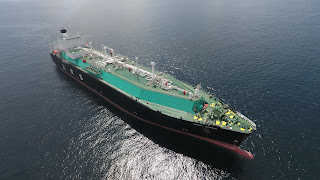Organising
Organising in a general sense means systematic arrangement of activities. In this sense, organising is done by each individual. However, organising as a process of management essentially relates to sub-dividing and grouping of activities. Organising becomes necessary when two or more persons work together to achieve some common objectives. When a player is playing alone, there is perhaps no need of organising. But organising becomes important when players are playing in a team. In that case, it is important to determine the role of each player and for the team as a whole to attain victory over the rival team. Similarly, in a one-man business, all the activities are performed by the owner himself. But when the owner employs someone to assist him, he has to determine the work to be done by the employee and give him the right to use materials, machinery, equipment, etc. This is the point when organising becomes necessary.
Steps in the process of organising The process of organising consists of the following steps:
1. Determining the activities to be performed to achieve the objectives of the organisation.
2. Identification of major functions to which these activities relate.
3. Grouping and sub-dividing the activities within each function on the basis of similarity or relatedness.
4. Establishing relationship among individuals and groups.
The organisation structure of a business unit consists of the following elements:
• The number of departments
• The number of sections, units and positions in each department
• The function of each department, section and position
• The number of levels of management
• The responsibility, authority and accountability relationships
• The channels of communication, i.e., the paths through which information travels from one position to another and from one level to the other.
Principles of organisation
(i) Purpose : All organisations and each part of any undertaking should be the expression of a purpose, either explicit or implied — the principle of objective.
(ii) Authority and responsibility: Formal authority and responsibility must be co-terminus and equal — the principle of correspondence.
(iii) Responsibility of supervision : The responsibility of higher authority for the acts of its subordinates is absolute — the Principle of responsibility.
(iv) Scalar Principle: There must be a clear line of formal authority running from top to the bottom of every organisation — the scalar Principle.
(v) Span of control : No supervisor can supervise directly the work of more than five, or at the most, six subordinates whose work interlocks — the Principle of Span of Control.
(vi) Specialisation of functions: The work of every person in the orgnisation should be confined as far as possible to the performance of a single leading function — the Principle of specialisation
(vii) Coordination of Effort : The final object of all organisations is smooth, effective coordination — the Principle of co-ordination
(viii) Definition : Every position in every organisation should be clearly described in writing — the Principle of definition.






Comments
Post a Comment